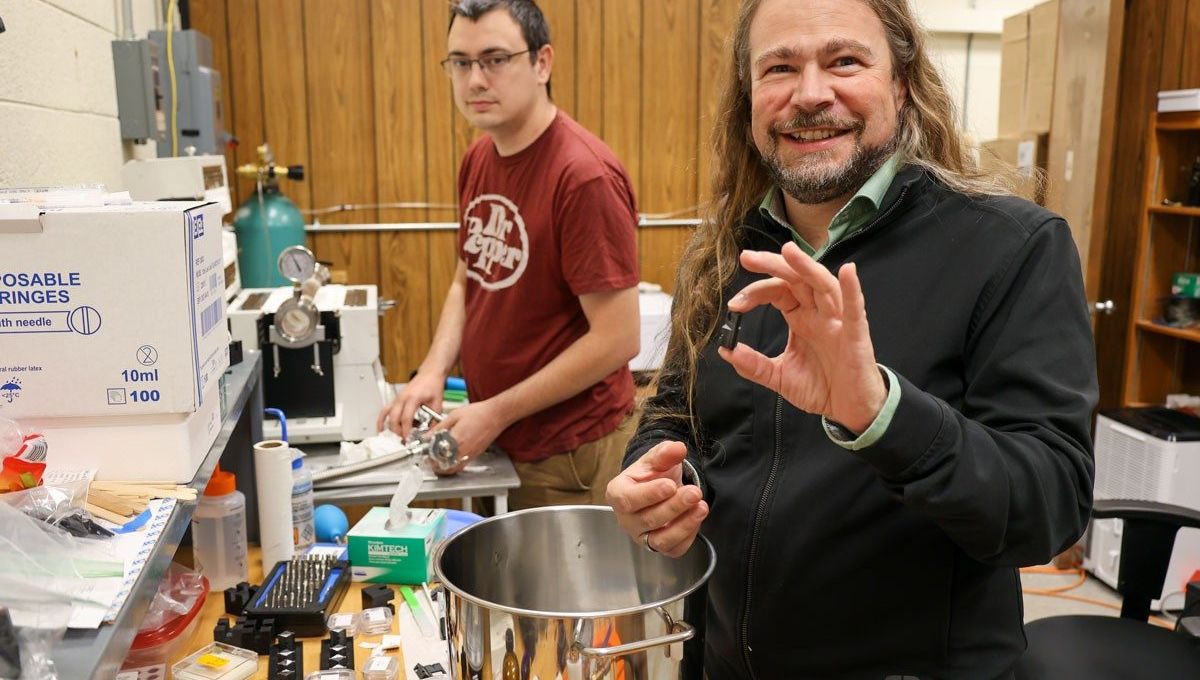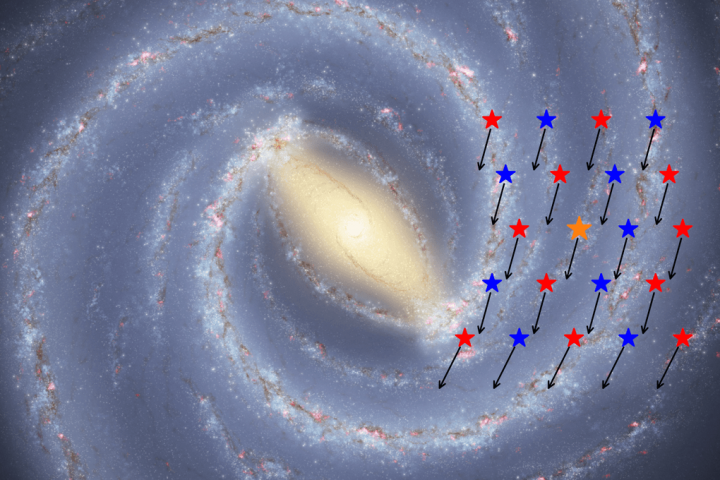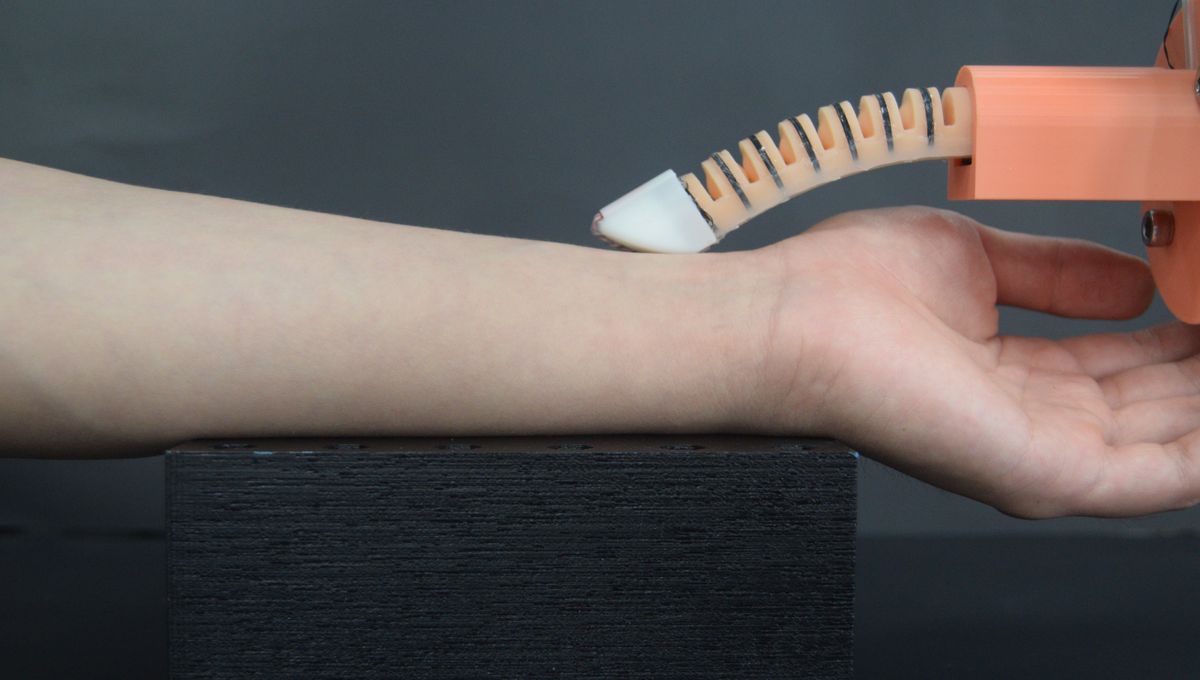Dark matter has long been a tantalizing mystery for scientists, lurking invisibly in the universe. But now, researchers are on the brink of a groundbreaking discovery that could finally unveil this elusive substance.
By studying ancient rocks that have potentially collided with dark matter, scientists hope to find tangible evidence of its existence. These rocks, billions of years old, may hold clues in their crystal structures that reveal the presence of dark matter.
A new lab at Virginia Tech’s Robeson Hall is being constructed to conduct this groundbreaking research. Using advanced imaging techniques, scientists will search for microscopic signs of dark matter collisions within these ancient rocks.
Project leader Patrick Huber is leading the charge, driven by a passion for unraveling this cosmic enigma. As he puts it, “It’s crazy. When I first heard about this idea, I was like – this is insane. I want to do it. Other people in their midlife crisis might take a mistress or get a sports car. I got a lab.”








